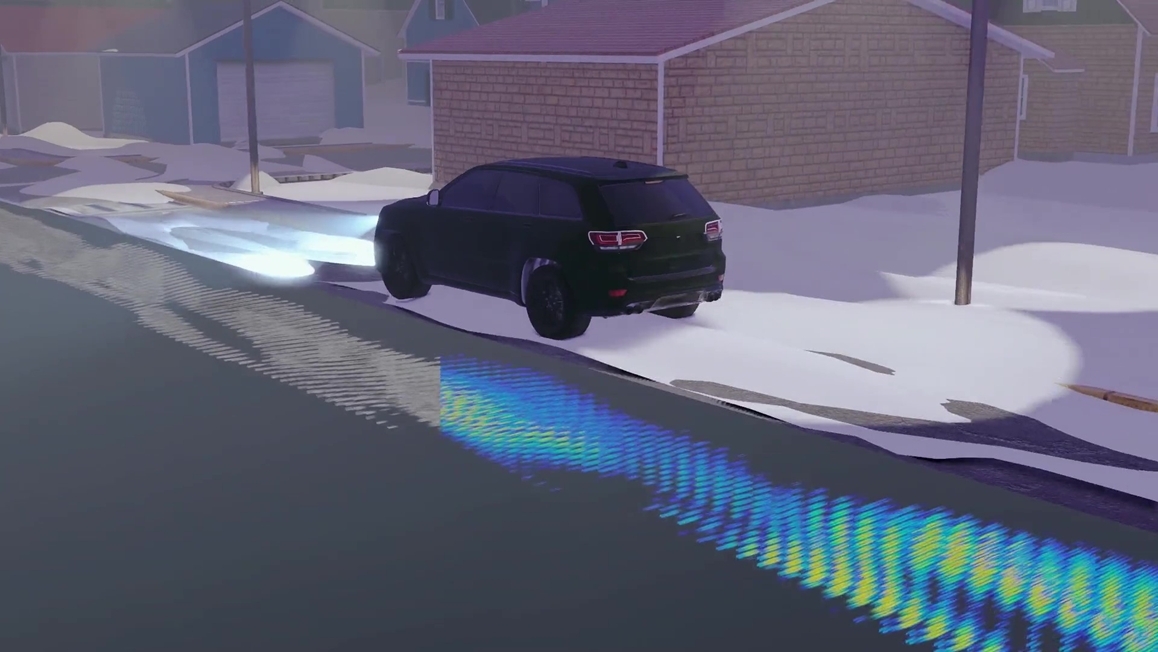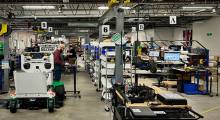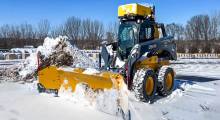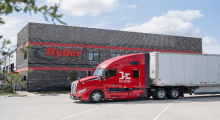WaveSense Inc. announced this week that it has raised $15 million. The Somerville, Mass.-based company claimed that it is “the world's only provider of Ground Positioning Radar for precise vehicle localization.”
Based on technology developed at MIT Lincoln Labs, WaveSense's Ground Positioning Radar (GPR) enables vehicles to determine their precise location with centimeter-level accuracy, regardless of road conditions. The proprietary system includes hardware and software, and it works by mapping subsurface features with ultra-wideband radar.
The company said it is working with major automakers and Tier 1 suppliers to help vehicles navigate where current advanced driver-assistance systems (ADAS), including lidar and camera-based systems fall short. This includes conditions such as bad weather, poorly marked roads, and areas with poor GPS availability.
WaveSense finds automakers receptive to GPR
“By accelerating our product development and work with automakers, we’re changing what is possible in terms of performance and safety for ADAS and autonomous vehicles,” said Tarik Bolat, CEO of WaveSense. “With the assistance of this fundraise, WaveSense is laying the foundation for its path to market and is well-positioned to deliver results for hands-free lanekeeping, autonomous valet parking, and other next-generation features that will make vehicles safer and higher-performing.”
“In the past year, we've continued to see automakers want to convert features that don't perform well all the time—like lanekeeping—to core safety features that work like seatbelts, airbags, and ABS [anti-lock brake systems], regardless of the conditions of road markings, for instance,” he told Robotics 24/7. “On the Level 4 autonomous vehicle side, there's a realization that the current technology stack can't close certain gaps in terms of robustness. With the exception of aerospace, nobody else has this high a standard for robustness, because these systems need to work for years.”
“We're working with some of the top five OEMs on high-volume production vehicles, not solely Level 4 ones,” Bolat added. “We're also working on another generation of our sensor for later this year. It has gone through validation on both the physical durability and software side.”
“Most other sensors are trying to replicate some form of human cognition, but we've built a localization system first rather than pressing a perception one into service for localization,” he said. “The challenge is that there's more education of the market in the beginning, but the opportunity is that we're the only game in town for this.”
WaveSense is leaving sensor fusion to other ADAS parties, but Bolat acknowledged that GPR could ultimately find applications in agriculture, delivery robots, and utilities.
“We're tapping a sea of data that's never really been tapped at this scale. It's like the early days of GPS,” he said. “There's certainly road condition and subsurface characterization, utility infrastructure, and mapping, but we could also eventually move into mining, contruction, ports, and airside operations for luggage tugs.”
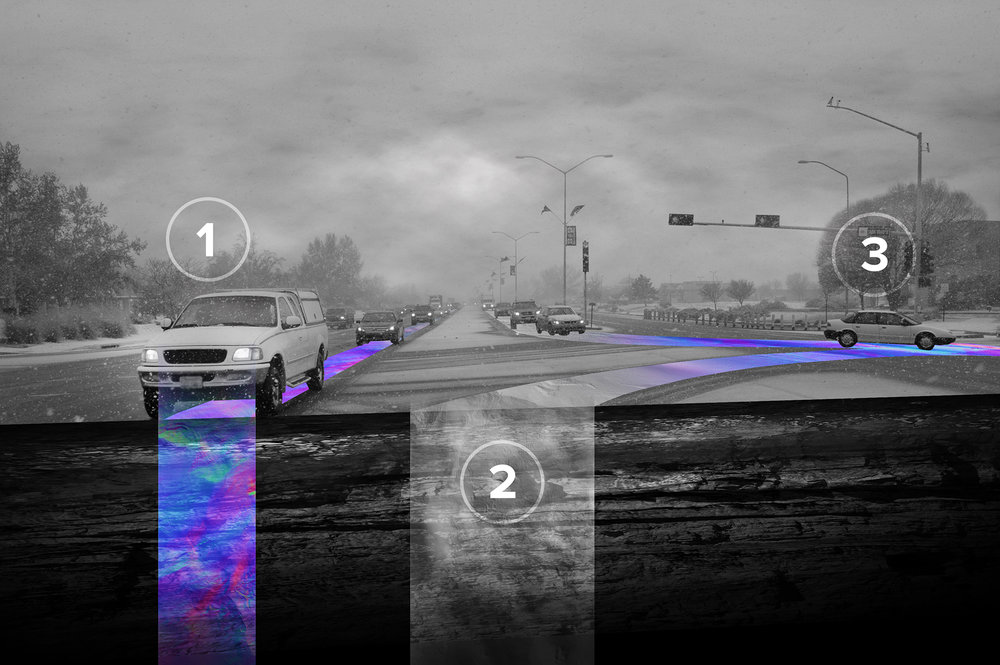
Funding to fuel WaveSense growth
Technology investors Rhapsody Venture Partners and Impossible Ventures led WaveSense's latest fundraising.
“Safety is at the heart of the sensor revolution in automotive, and safety is about edge cases,” stated Carsten Boers, managing partner at Rhapsody Venture Partners. “Keeping a car in a well-marked lane on a sunny road in Arizona is different than driving through a winter wonderland in Boston. Reliable lane keeping is solved uniquely by GPR, and in the last year, we have seen leading automakers and suppliers recognize that.”
WaveSense also announced the addition of Joe Hinrich, former automotive president at Ford Motor Co., to its board of directors. It also named Chuck Stevens III, former chief financial officer at General Motors, and Kurt Lehmann, former chief technology officer at Continental, to its advisory board.
“We're bringing on world-class talent for software, mechanical, and electrical engineering from the robotics, software, and automotive sectors,” said Bolat. “At the board level, we're filling our bench with automotive wisdom and have worked really hard to earn the trust of some of the biggest automotive companies in the world.”
“It has become very clear that trillions of dollars are at stake with electrification and autonomy, acccelerating efforts and capital commitments across the board,” he said. “If automakers and Tier 1 suppliers will be making new cars in 2025, big decisions need to be made in 2022, and we're hardening the product and scaling it up along that timeframe.”
About the Author
Follow Robotics 24/7 on Linkedin
Article topics
Email Sign Up

